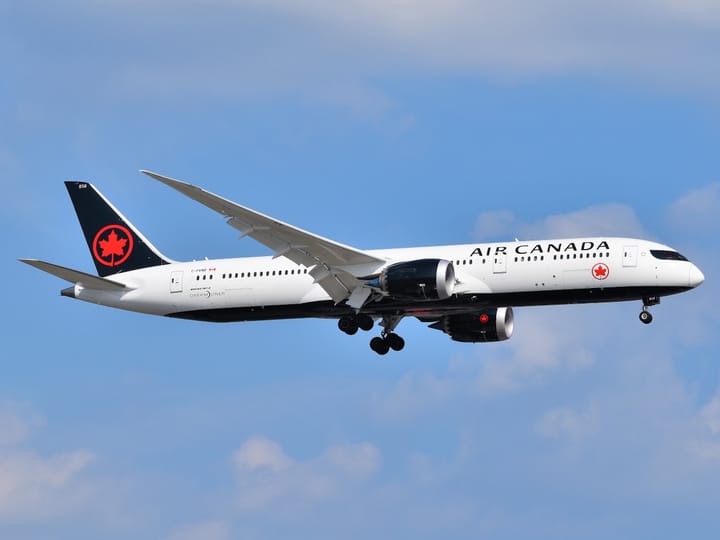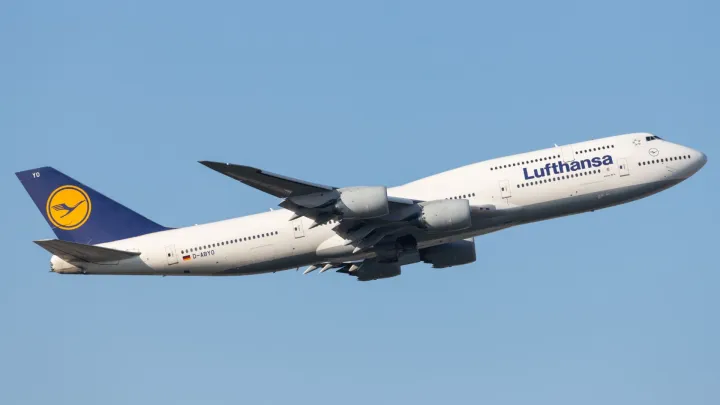Kenya’s New Airspace Playbook: When Foreign Airlines Knock, They’ll Have to Ring the Doorbell
Kenya’s new aviation rules ensure fair access for foreign airlines, boosting tourism, trade, and local industry while enforcing clear regulations.

Foreign airlines eyeing Kenya’s lucrative skies are about to find that the welcome mat is still there - just not as casual as before. Starting this month, entry won’t be a free-for-all; it’ll come with paperwork, oversight, and a very clear message from Nairobi: “Yes, we want you here, but you’ll play by our rules.”
On October 3, 2025, reported that Kenya is introducing new guidelines to regulate foreign airline access. At first glance, it sounds like dry bureaucracy. But peel back the layers, and you’ll see this could shape how airlines operate, how farmers get their produce abroad, how tourists land in Nairobi, and ultimately how Kenya cements its place as East Africa’s aviation powerhouse.
What’s Actually Cooking?
At its heart, Kenya wants balance: to welcome foreign carriers but without letting the house get trashed.
- A Technical Evaluation Committee (TEC) will now see all air access applications thoroughly - no more backroom deals.
- There are many parameters under scrutiny: airport access, slot assignments, fund repatriation, employment of key staff, advertising rights, and taxation.
- This isn’t a radical break with international norms - Kenya is aligning this with the Chicago Convention (1944), ICAO principles, and WTO frameworks. In other words, “we’ll obey the rules - but on our terms.”
One of the Transport Cabinet Secretary’s quotes is a gem:
“It is important to ensure that all market access applications are evaluated systematically and consultatively … and address potential areas of unfair treatment.”
And the government doesn’t shy away from calling out past mischief:
“In the past, dishonest individuals exploited this environment to bypass ministry procedures … the current stakeholder engagement process emphasizes inclusivity … to safeguard fairness.”

Why Bother? What’s at Stake?
You might wonder: “Hey, Kenya, why the sudden fuss?” Here are the motivations (and tensions) behind the curtain:
- Protecting National Interests
By scrutinizing foreign entry, Kenya can ensure that its strategic sectors - aviation, trade, tourism, agriculture - don’t get steamrolled. - Boosting Cargo & Exports
Particularly for perishables (flowers, fruits, veggies), better, more regulated air links can make or break livelihoods. The reforms may even prompt more use of 5th Freedom rights (i.e. flying through a third country) to expand trade. - Signaling Credibility
Kenya wants to show it’s playing by global rules, attracting investment and partnerships under a transparent, principled system. - Curbing Exploitation & Chaos
Previously, loose approvals may have allowed some airlines or agents to exploit loopholes, leading to unfairness or regulatory grey zones. - Tourism & Connectivity Ambitions
Kenya’s targeting five million tourists by 2027 - and air access is a a vital part of that. More regulated routes = more visitors (if handled with care ofc).
And lest we forget the numbers: the aviation sector in Kenya supports ~26,000 direct jobs and contributes about USD 1.5 billion to GDP.
What Do the Stakeholders Think?
- Government & Regulators
They’re pushing that this is not protectionism, but structured openness. Existing Air Service Agreements (ASAs) will be honored, but new ones must pass muster under the TEC. - Tourism Ministry
The tourism folks are thrilled. More flights = more tourists = more hotel bookings, safaris, café lattes. The new regime is seen as a significant boost to their 2027 target. - Trade & Agriculture
They see opportunities, especially with better cargo capacity. Kenya is a major exporter of fresh produce; better air connectivity could reduce spoilage and expand reach. - Airlines (Local & Foreign)
Local players may feel relieved because there are now clear and regulated rules for competition. However, foreign carriers might be frustrated if the process is too strict or seems unfair.

Final Thoughts: Is This Kenya’s “Sky Gatekeeper” Moment?
Kenya is entering a delicate phase- walking the tightrope between being open and being prudent. The new guidelines suggest a country maturing in its aviation ambitions: saying “Yes, come fly here - but play by the rules.”
If this works, Kenya might strengthen its status as a key hub in East Africa, boost trade and tourism, and set a model for other nations wrestling with the “foreign airline access” conundrum.
On the flip side: if the system collapses into favoritism or delay, it could repel rather than attract. The devil, as always, will be in the implementation details.
Love staying in the loop on aviation news? Subscribe to our blog and never miss an update!




Comments ()